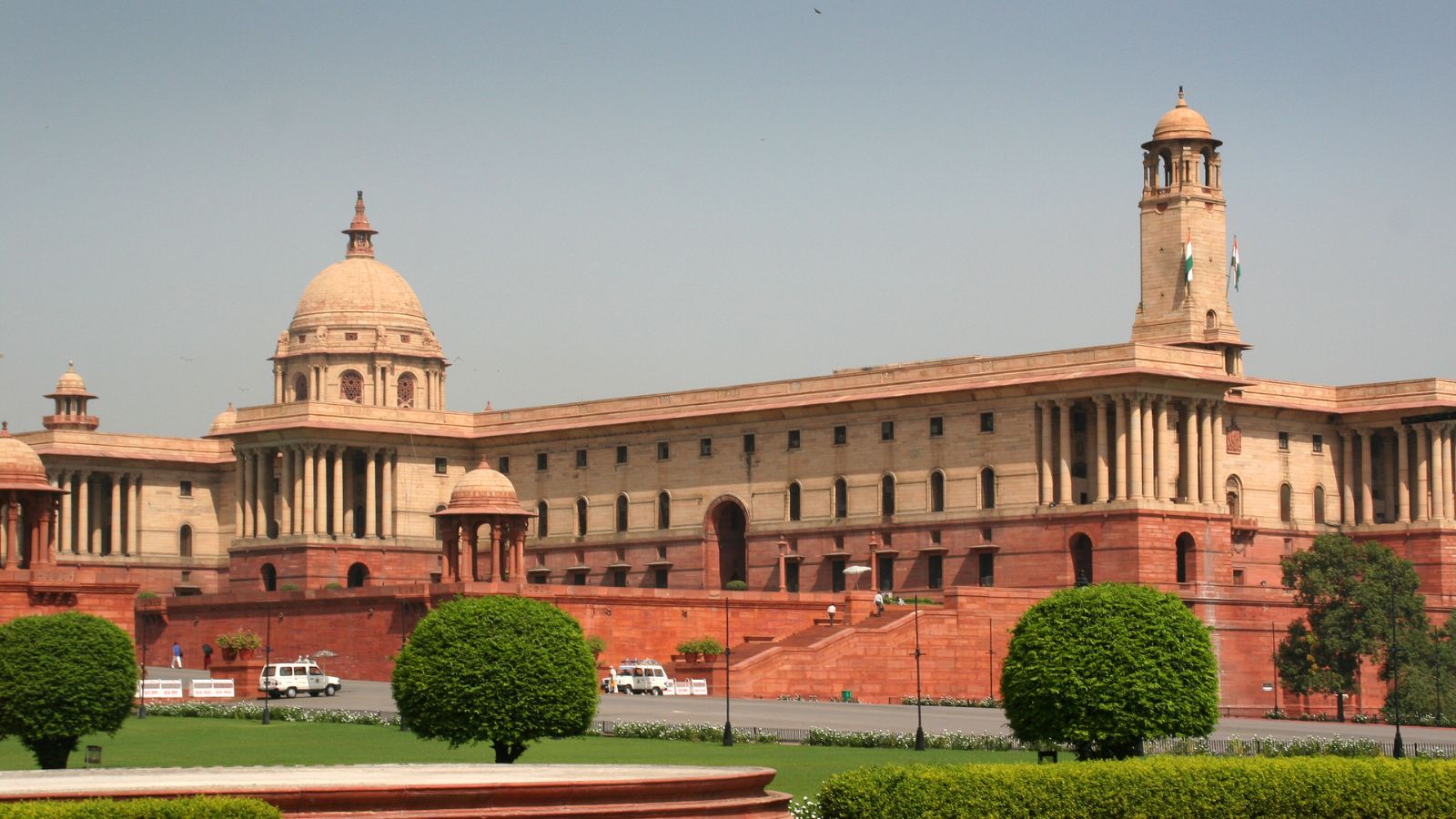Lok Sabha vs Vidhan Sabha

In the Indian political system, Lok Sabha and Vidhan Sabha play crucial roles. Both Lok Sabha and Assembly are legislative bodies, whose powers, functions and areas are different. The Lok Sabha is the lower house of the Parliament of India, which represents the entire country.
At the same time, the Legislative Assembly is the lower house of the state legislature representing various states and union territories. Although both have similar functions, they operate at different levels of governance.
Let us tell you in detail about the difference between Vidhan Sabha and Lok Sabha.
What is Lok Sabha?
Lok Sabha is also called the House of the People and it is bicameral. It represents the people of India directly, with members elected through general elections held every five years. According to the Constitution of India, there are a total of 552 seats in the Lok Sabha:
- 530 members represent the states.
- 20 members represent the Union Territories.
- Up to 2 members can be nominated by the President from the Anglo-Indian community if deemed necessary.
Functions of Lok Sabha
The primary functions of Lok Sabha include:
- Legislation: Introducing and passing bills that become laws.
- Budget Approval: Discussing and approving the Union Budget and financial bills.
- Executive Oversight: Monitoring and holding the executive branch accountable through questions, debates, and motions.
- Representation: Representing the interests and concerns of the Indian populace.
What is Vidhan Sabha?
Vidhan Sabha, also known as the State Legislative Assembly, is the lower house of the state legislature in India's federal system. It represents the people of a specific state and its members are elected through state elections held every five years. The number of members in Vidhan Sabha varies from state to state, based on the population.
Functions of Vidhan Sabha
The primary functions of Vidhan Sabha include:
- State Legislation: Introducing and passing bills related to state matters.
- Budget Approval: Discussing and approving the state budget and financial bills.
- Executive Oversight: Monitoring and holding the state executive accountable through questions, debates, and motions.
- Representation: Representing the interests and concerns of the state's populace.
Key Differences Between Lok Sabha and Vidhan Sabha
Here are the major differences between Lok Sabha and Vidhan Sabha:
Lok Sabha is bicameral in nature, also known as the House of the People. At the same time, Legislative Assembly is held in each of the states and union territories, which is also called Legislative Assembly.
According to the Indian Constitution, there are a total of 552 seats in the Lok Sabha. Whereas, the Legislative Assembly should have a minimum of 60 members and a maximum of 500 members. If a state or union territory has less than 60 members in its assembly, they are considered an exception, according to Parliament.
What is the difference between the election process in Lok Sabha and Assembly?
Members of the Lok Sabha are directly elected by the public, while the members of the Legislative Assembly are indirectly elected by the public. Members of the Lok Sabha are directly elected by the people through general elections every five years.
At the same time, the members of the Legislative Assembly are directly elected by the people of the respective state or union territory through general elections every five years. The Lok Sabha can be dissolved by the President, while the Assembly can be dissolved by the Governor.
Want to know the differences between Lok Sabha and Rajya Sabah? Click Here
Difference between the functions of Vidhan Sabha and Lok Sabha
Lok Sabha is the lower house of the Parliament. At the same time, the Assembly is the lower house of the state legislature. Lok Sabha works on national issues, hence it has more powers than the Legislative Assembly.
The Lok Sabha has the power to pass laws on matters listed in the Union and Concurrent Lists of the Indian Constitution. Whereas, the Legislative Assembly has the power to make laws on matters listed in the State List of the Indian Constitution.
Lok Sabha works on national issues, hence it has more powers than the Legislative Assembly (Vidhan Sabha). The Lok Sabha has the power to pass laws on matters listed in the Union and Concurrent Lists of the Indian Constitution. Whereas, the Legislative Assembly has the power to make laws on matters listed in the State List of the Indian Constitution.
Conclusion
Hope you liked this article which was about the difference between Legislative Assembly and Lok Sabha. If this article is beneficial for you then share it further on social media platforms.
